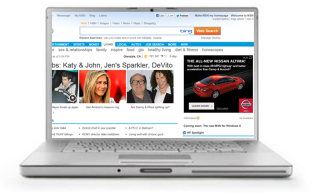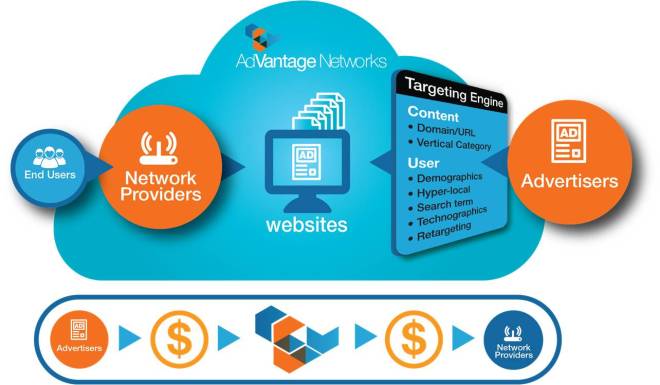According to Forrester Research, in 2012 U.S. online display ad spend hit $12.7 billion, and the number will only grow by 17% annually to be worth $28 billion by 2017. It is no secret that online advertising is expected to thrive, but what will be the focus areas in 2013? Here are some key factors to keep an eye out for in the year to come:
1) Publishers will embrace native ad formats and new forms of inventory.
Advertisers and brands will look to native ad formats in a big way – such as Promoted Tweets on Twitter, Sponsored Stories on Facebook, Paid Discovery on StumbleUpon – for their well-integrated design within the website that does not negatively affect the end-user’s viewing experience. In addition, publishers will set aside areas of their site where branded content appears as an organic, native experience, instead of being sidelined into an “ad spot” that viewers might just ignore.
2) Viewability metrics will emerge as a leading metric of effectiveness for campaigns.
While the industry is still working on a consensus in terms of a clear definition of viewable impressions, there is no question that better metrics will be a key focal point for 2013. These new measurement tools ensure that consumers view at least a portion of the delivered advertisement, allowing advertisers to focus on providing relevant content instead of using flashy ads to get the attention of the end-user. This shift will lead to better efficiency and a greater ROI.
3) Network providers will get in on the action and look to online advertising for new revenue streams.
Consumers will continue to demand free Wi-Fi from network providers such as hotels, airports and cafes. However, there is a hefty cost in expanding bandwidth, and these providers will look to advertising to help recoup some of the revenue necessary to build out their infrastructure.
4) Portals are going to go the way of the dinosaur.
Social networks will lead to the decline of web portals as viable options for advertising, as consumer demands shift. In 2013, advertisers will look to full-suite providers that offer premium inventory across channels to get the most bang-for-their-buck.
5) Digital content revenues and video advertising will rise
In 2013, digital content revenues will rise significantly as companies – such as Hulu, Spotify, Dropbox, Netflix, iTunes, WSJ Digital and NYT Digital – look to meet the end-user’s demand for video and rich media. Brands and advertisers will also look to video advertising to reach their target audience, as consumers spend additional time watching online videos.
While 2012 results showed that the online advertising industry will continue to thrive, looking ahead to 2013, we will see the ecosystem move to new metrics, platforms and inventory. The companies that adapt to the ever-changing online environment will thrive in 2013 and beyond.








